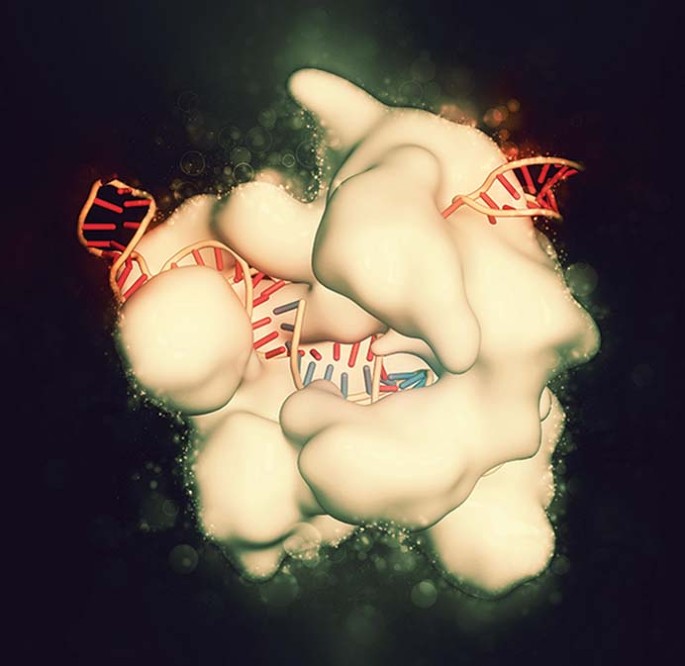
Crispr target prediction remains blunt tool for clinical applications
- Select a language for the TTS:
- UK English Female
- UK English Male
- US English Female
- US English Male
- Australian Female
- Australian Male
- Language selected: (auto detect) - EN
Play all audios:

Computational approaches to predict gene editing repair by CRISPR endonucleases remain a work in progress. Access through your institution Buy or subscribe This is a preview of subscription
content, access via your institution ACCESS OPTIONS Access through your institution Access Nature and 54 other Nature Portfolio journals Get Nature+, our best-value online-access
subscription $29.99 / 30 days cancel any time Learn more Subscribe to this journal Receive 12 print issues and online access $209.00 per year only $17.42 per issue Learn more Buy this
article * Purchase on SpringerLink * Instant access to full article PDF Buy now Prices may be subject to local taxes which are calculated during checkout ADDITIONAL ACCESS OPTIONS: * Log in
* Learn about institutional subscriptions * Read our FAQs * Contact customer support CHANGE HISTORY * _ 20 MARCH 2019 In the version of this article initially published, we reported that
Sangamo’s SB-318 had failed to change baseline leukocyte α-l-iduronidase in a phase 1/2 trial. The drug failed to change baseline plasma α-l-iduronidase but did increase leukocyte
α-l-iduronidase to within the normal range. The error has been corrected in the HTML and PDF versions of the article. _ AUTHOR INFORMATION AUTHORS AND AFFILIATIONS * Cambridge, UK John
Hodgson Authors * John Hodgson View author publications You can also search for this author inPubMed Google Scholar RIGHTS AND PERMISSIONS Reprints and permissions ABOUT THIS ARTICLE CITE
THIS ARTICLE Hodgson, J. CRISPR target prediction remains blunt tool for clinical applications. _Nat Biotechnol_ 37, 204–205 (2019). https://doi.org/10.1038/s41587-019-0057-7 Download
citation * Published: 04 March 2019 * Issue Date: March 2019 * DOI: https://doi.org/10.1038/s41587-019-0057-7 SHARE THIS ARTICLE Anyone you share the following link with will be able to read
this content: Get shareable link Sorry, a shareable link is not currently available for this article. Copy to clipboard Provided by the Springer Nature SharedIt content-sharing initiative
